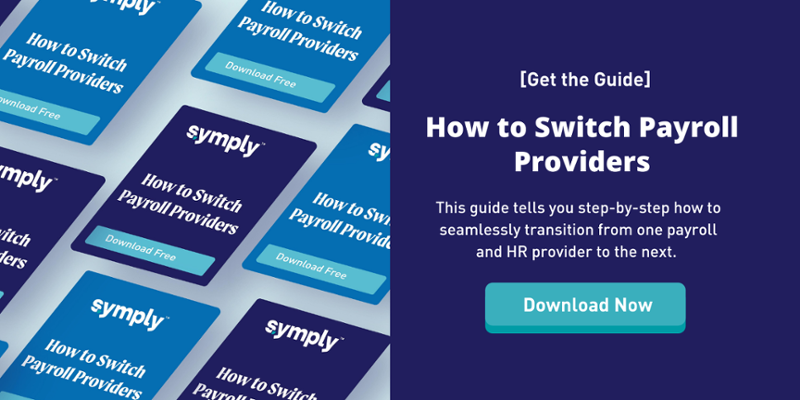HR News & Education
Check out the latest news and resources for small businesses covering topics such as human resources, employee engagement, and management.
Employ Remote Workers? Here’s How to Manage Payroll and Taxes

Following the unprecedented events of 2020, millions of Americans transitioned to remote work. According to a Gallup poll, many of these individuals are still working from home. Specifically, Gallup found that 45% of full-time employees were still working remotely at least part of the time as of September 2021.
While the shift towards remote work was initially deployed as a matter of necessity, this business model actually offers significant benefits for employers and their staff. As a result, many organizations plan on leveraging remote workers indefinitely. You may have even contemplated doing so yourself.
If so, then you have also considered some of the challenges associated with employing remote workers. Two of the biggest hurdles that you will face involve managing payroll and taxes for these off-site staff members. In order to help, we have created this guide to take the headache out of managing remote employees.
How You Can Pay Remote Workers
When deciding how to pay your remote workers, you will have three primary options at your disposal, which include the following:
Manage It Yourself
If you have a small team of part-time employees that are exclusively based in the U.S., then the simplest approach is to manage payroll yourself. This approach involves arranging employee payments with your financial institution.
The self-managed approach gets a bit more complicated if your staff includes full-time workers, but it is still doable if you only have a handful of employees.
The obvious downside to managing your payroll solo is that it will become very complex as your small business begins to grow. Keeping up with the logistics of paying multiple employees at various hourly rates can take hours. Eventually, any potential cost savings benefits of this approach will be offset.
Therefore, it is generally a better idea to use one of the other solutions on our list.
Outsource Your Payroll
Many small and medium-sized businesses elect to outsource payroll management to an account or a third-party agency. These dedicated experts will ensure that your remote workers are properly paid and that the requisite taxes are withheld from each check.
If you are looking for a completely hands-off payroll management solution, outsourcing is the answer. However, experienced accountants will charge high fees, whereas less talented individuals may inadvertently open your business up to serious tax liability.
Like independent accountants, third-party payroll management firms can also be quite expensive. These agencies often charge using a tier system, which is based on the number of employees that you have. Unless you have dozens or even hundreds of employees, you may not be eligible for substantial plan discounts.
Leverage Modern Payroll Software
The third option is to purchase payroll Software as a Service (SaaS) from a managed provider. When using this approach, you pay the SaaS provider a fixed monthly fee in exchange for access to their cloud-based payroll management platform.
While you still manage your own payroll, the software includes a full suite of tools that streamline the entire process.
Payroll management software offers the best of both worlds. This approach gives you total control over your company's finances but is significantly faster than manual payroll management. The best payroll software also includes tax management and reporting capabilities in order to create an all-in-one solution.
Taxes for Remote Employees
Now that we have discussed how to manage payroll for remote workers let’s turn our attention to taxes. Generally speaking, all US workers will owe payroll and income taxes. However, an employer’s tax obligation varies by state, which is where things get a little tricky when managing remote workers.
If all of your remote employees live in the same state in which your business is located, then you will manage their tax obligations just like you would any other staff member.
However, if you have full-time remote employees that reside in another state, then you must adhere to the guidelines set forth by that government’s tax authority.
For instance, if your business is licensed in Florida and some of your staff operate in New York, New Jersey, and Pennsylvania, then you must register with tax authorities in all three of these jurisdictions.
Payroll and Tax Management Made Simple
As you can see, managing payroll and taxes for remote workers can be quite challenging, especially if some staff members live in different states. However, there is a way to simplify these essential practices.
The team at Symply has developed a dynamic payroll platform that can also assist you with tax management. Our system is affordable, user-friendly, and most of all, effective. We even offer remote onboarding tools at no extra charge.
Symply is the solution for all of your payroll and tax management woes. Connect with an expert or watch our demo today to learn more.


